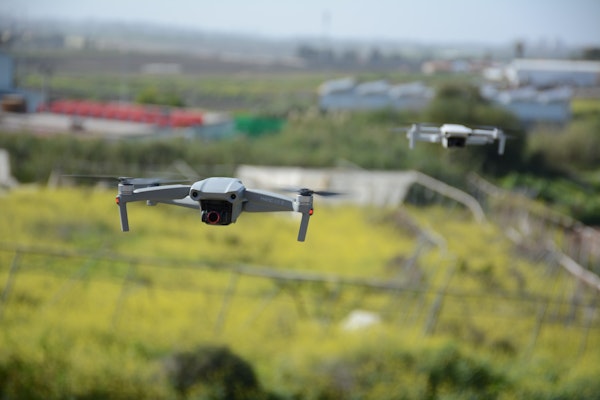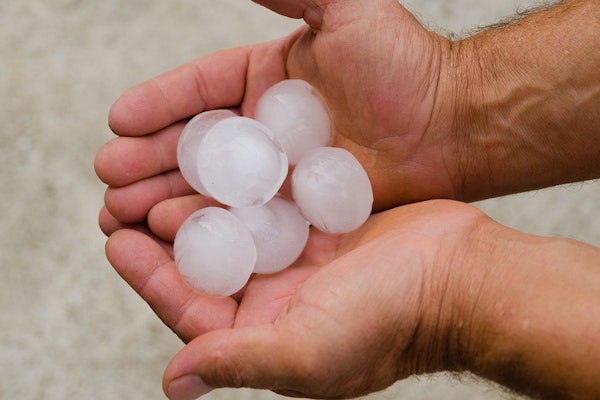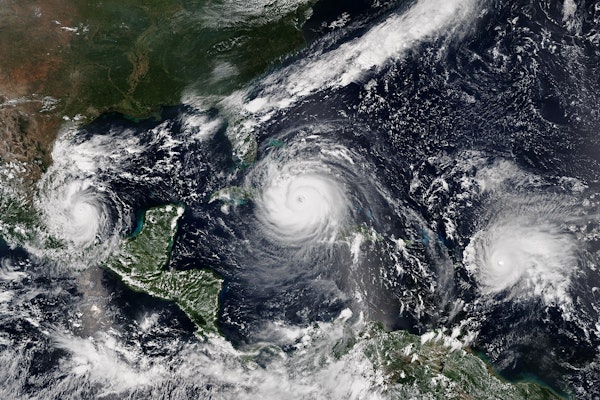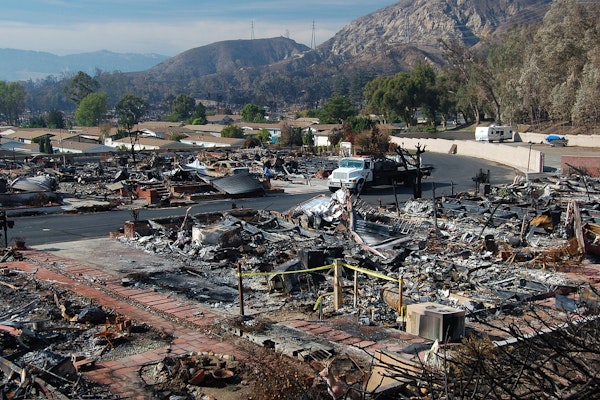
Liberty Mutual Sued for Failing to Defend Manufacturer in Property Damage Cases
Spears Manufacturing claims Liberty Mutual ignored defense duties in two major construction defect lawsuits, raising concerns about insurer obligations in property damage cases.
October 20
Insurance Industry
Legislation & Regulation
Liability
Property
Risk Management
California
Colorado
Louisiana

New Risks for Adjusters: Hempcrete Homes, Mobile Nuclear Reactors, and High-Tech Farms
Biogenic building materials, mobile nuclear reactors, and AI-powered farms introduce new risks and opportunities for claims adjusters.
October 9
Insurance Industry
Property
Risk Management
Technology
Colorado
Michigan
Texas

Live Nation and Ticketmaster Sued for Enabling Ticket Brokers and Overcharging Fans
The FTC and seven states allege Live Nation and Ticketmaster enabled brokers to bypass ticket limits, reaping billions in fees while fans paid inflated resale prices.
September 22
Legislation & Regulation
Litigation
Risk Management
Technology
California
Colorado
Florida
Illinois
Nebraska

What Golden Retrievers Are Teaching Us About Wildfire Smoke Exposure
A new study on golden retrievers reveals how wildfire smoke impacts pet and human health, with implications for insurance costs, coverage, and long-term risk management.
August 5
Insurance Industry
Life & Health
Property
Risk Management
California
Colorado
Oregon

California FAIR Plan Faces Legal Action Over Alleged Smoke Damage Claim Denials
California’s insurance commissioner accuses the FAIR Plan of violating claims laws and misleading regulators over wildfire smoke damage coverage, sparking a rare enforcement case.
August 4
Catastrophe
Legislation & Regulation
Litigation
Property
California
Colorado

Auto Claims Profitability Improves Amid Rising Casualty Costs and Trade Issues
Insurance industry sees auto physical damage profitability recover, while casualty sectors grapple with increased medical inflation and social verdicts.
June 25
California
Colorado
Florida
Illinois
New Jersey

Scientists Chase Extreme Hailstorms Across the Plains to Uncover the Costliest Weather Threat
Researchers are diving into hailstorms across Texas, Oklahoma, and Kansas to better understand one of the U.S.’s costliest but most overlooked weather risks.
June 9
Catastrophe
Insurance Industry
Property
Risk Management
Colorado
Kansas
New Mexico
Oklahoma
Texas

Colorado Advances Wildfire Insurance with Predictive Tech Models
Starting July 2026, Colorado will let insurers use advanced risk models for wildfire coverage, aiming to price policies more accurately amid rising climate threats.
June 9
Catastrophe
Legislation & Regulation
Property
Technology
California
Colorado

Hurricane Forecasting Breakthroughs at Risk as NOAA Faces Budget Cuts
Despite record-setting accuracy in 2024 hurricane forecasts, funding and staff cuts at NOAA threaten future storm tracking capabilities and public safety nationwide.
May 7
Catastrophe
Legislation & Regulation
Risk Management
Technology
Colorado
Florida
Nebraska
South Dakota
Wyoming

Weather Balloon Cuts Threaten Forecast Accuracy Amid Severe Season
National Weather Service balloon launch reductions, blamed on Department of Government Efficiency (DOGE) staff cuts, threaten forecast accuracy during severe weather season, raising concerns for claims adjusters.
March 25
Catastrophe
Insurance Industry
Legislation & Regulation
Risk Management
Technology
Colorado
Maine
Nebraska
New York
South Dakota

Dash Cam Captures Wild Hummer H2 Insurance Scam Attempt
A motorist in Denver narrowly avoided a suspicious insurance fraud attempt when a reckless Hummer H2 driver suddenly braked and reversed toward their vehicle. Thanks to a dash cam, the incident was recorded, showing what appears to be either an attempted scam or extreme road rage.
March 7
Auto
Fraud
Litigation
Risk Management
Colorado

AI Analysis Reveals $2.15 Trillion in US Property at Risk from Wildfires
A new AI-driven study by ZestyAI finds that $2.15 trillion worth of U.S. residential property is at high risk of wildfire damage, affecting millions of homes beyond historically fire-prone regions.
February 27
Catastrophe
Insurance Industry
Property
Underwriting
California
Colorado
Kentucky
North Carolina
South Dakota

Uninsured and Underinsured Drivers on the Rise in 2023, IRC Report Finds
A new Insurance Research Council (IRC) report reveals that over 33% of U.S. drivers in 2023 lacked sufficient auto insurance, marking a significant increase since 2017.
February 21
Auto
Insurance Industry
Legislation & Regulation
Risk Management
Colorado
District Of Columbia
Florida
Georgia
Kentucky

Rising Risks in Homeowners Insurance Demand Swift Action
The accelerating impacts of climate change, coupled with slow government response and human reluctance to prepare, are driving a homeowners insurance crisis in wildfire-prone states like California.
January 14
Catastrophe
Legislation & Regulation
Property
Risk Management
California
Colorado
Florida
Hawaii
Louisiana

Rising Home Insurance Nonrenewals Reshape Housing Market Across the U.S.
As climate-driven disasters increase, nonrenewed home insurance policies are surging nationwide, impacting property values, mortgages, and economic stability in vulnerable communities.
December 30, 2024
Catastrophe
Legislation & Regulation
Property
Risk Management
Alabama
California
Colorado
Connecticut
Florida





